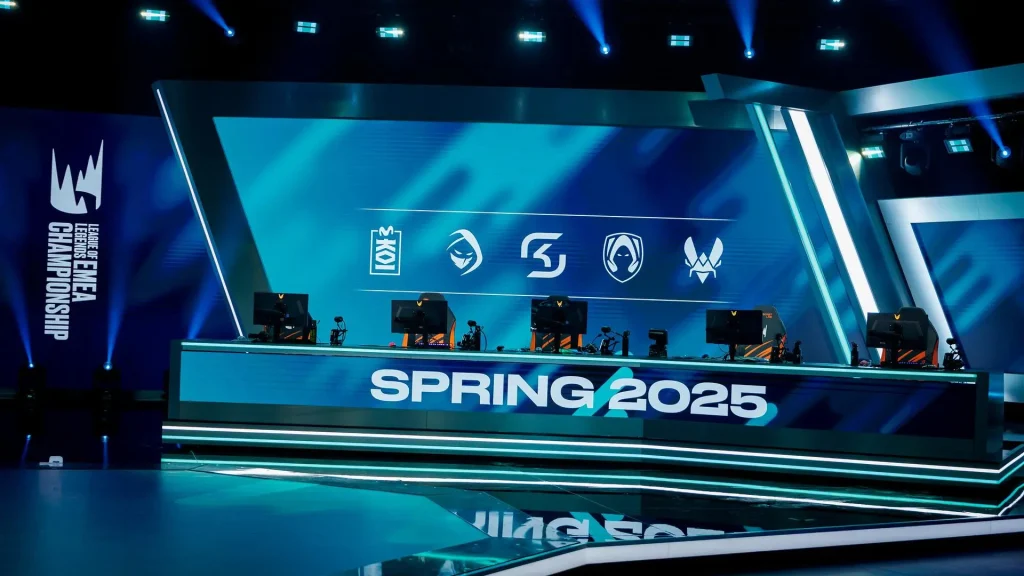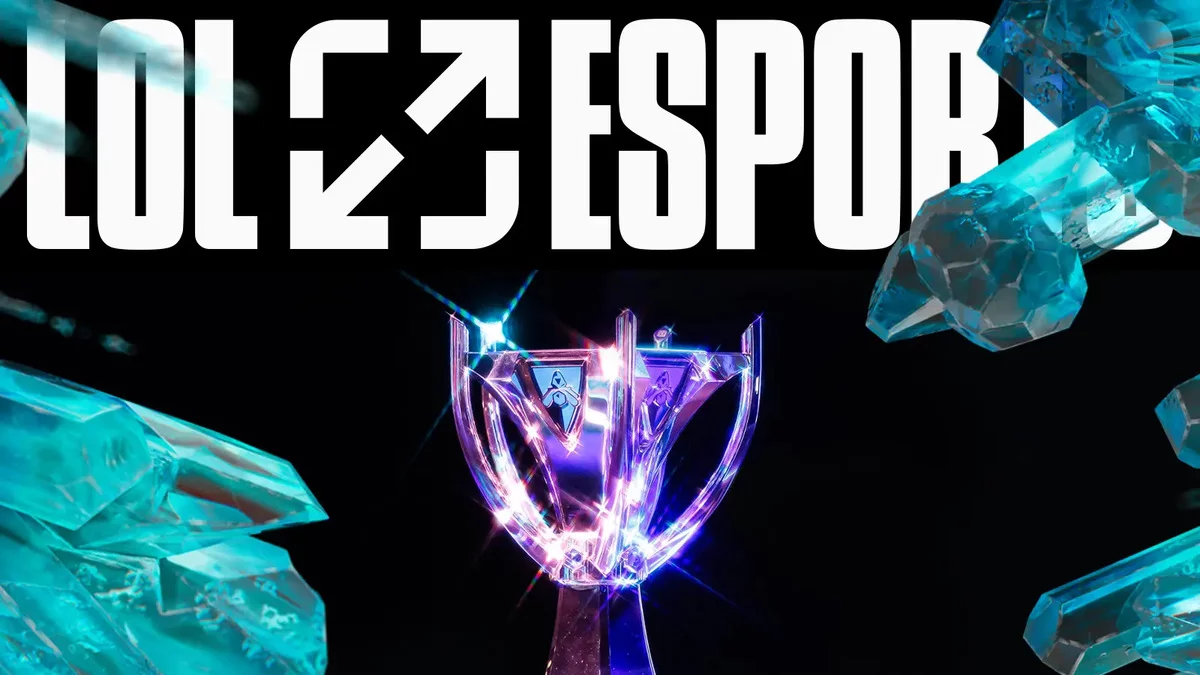For competitive League of Legends, the Mid-Season Invitational is a battleground and a test for some of the best teams and players from all corners of the world. It serves as a mid-year check for dominant teams as well as underperforming ones. As MSI 2025 will be taking place in Chengdu, the discussion surrounding wildcard regions becomes inevitable and concerns the smaller leagues such as Latin America, Turkey, Oceania and others. These teams have tried to make it past the semi-finals, and they have consistently faced roadblocks due to the vast differences in infrastructure and competition experience. But with new group formats, new rosters, and new meta in Chengdu, hope is on the horizon. Unpredictable metas could finally help teams break past the semi-finals blockade. This blog focuses on the wildcard regions, the upsets that need to happen, and the journey they must undergo to get their place in the MSI history books.
A History of Near-Wins and The Many Formatt Challenges

It seems that wildcard representatives have struggled in the preliminary play-in stages. They seem to do well until they feel pressure or the patch anxiety sets it. Teams from the Pacific Championship Series, CBLOL from Brazil, TCL in Turkey, and many other minor regions have pulled off stunning victories against mediocre rivals but, unfortunately, get stomped in the volgende round. These conventional paradigms of tournaments—play-in winners getting included in a double round robin groupstage, single elimination semifinals and finals—almost never allow for the luxury of a breakout run. After-group play single knockout stage has little to no room for error and wildcard regions have continuously found their champion-like resolve unacceptably lackluster against the meticulously prepped teams from LCK, LPL, LEC, and LCS.
Format Revisions Leveling the Playing Field
Riot has made good changes for awarding wildcard teams increased attempts to face higher caliber opponents prior to elimination rounds. They integrated these changes in MSI 2025 by modifying the play-in stage — it now advances four teams into an expanded main group of twelve, which competes in a single round-robin instead of double. The top six then advance to a best-of-three quarterfinal bracket. This format reduces burnout and single-match variance, giving wildcard squads the opportunity to learn from their setbacks, recalibrate their drafts, and exploit gaps in opponents’ strategies. By eliminating the need for MSI to bring wildcards directly into quarters, sanctioning at least one series win would allow a minor region team to semis contention, further propelling mid-tier region squads into the semi-finals. Instead of being forced to face the unbeatable odds, a wild card can now build momentum over multiple matches.
Wildcard Contenders That Can Spring A Surprise
Some wildcard contenders capture interest for differing reasons. PSG Talon from the PCS returns with a new mid and jungle duo that can flex into non-meta champions, giving them strong draft options. Brazil’s paiN Gaming added an international top laner known for dominating picks who also proactively roams to excel in the other lanes. While Turkey’s Team Aurora was dominant in their domestic league with a support vision strategy focused on controlling the map that could puzzle some of the faster teams. Vietnam’s Saigon Phantom, fresh off a VCS title, lean into aggressive level-two and early skirmishes, especially with MSI’s faster tempo patch. Each of the squads is full of fresh ideas that coupled with the underdog spirit make for perfect ingredients to shatter the four-man bracket walls.
Meta Dynamics That Favor The Underdogs
The mid-season patch for Season 14 implements a skirmish centric meta where roaming mages, engage supports, and split-push fighters are stronger. This change shifts the emphasis from scaling in the late-game to early pressure and snowballing. Unlike major region veterans who thrive on perfect teamfights, overaggressive strategies from bigger names can be punished by wildcard teams, who have nothing to lose in their mismatched drafts. Diana mid and roaming TF stops control mages from doing anything before teamfights develop, while engaging peel-less playmaking supports can take over games and force rigid opponents onto a pace they don’t control. Wildcard coaches have these strategies already primed from domestic qualifier bootcamps, and the new structure to MSI gives them the scope to hone them against diverse competition.
The Path to Semifinals Triumph

If a wildcard team wants to set expectations for Chengdu, they will need to first gain a spot in a play-in through the group stage and then qualify as top 6 in the round-robin. The team needs to capitalize on critical best-of-one matchups against LEC and LCS lower-seeded teams, which contain an absolute lack of predictability. Should they proceed past this stage, the quarterfinals will be a best-of-three series against a major mid-table region. Flexibility works wonders here: in this scenario, wildcard teams must get rid of ban-threat compositions, draft bottom to the middle, and guard their set of pocket picks. Everything hinges upon firing up momentum: a well-executed first game of the series for them could snowball and tip the balance in their favor, serving to unsettle self-satisfied favorites. Coaches who can switch their strategies within the game—going from early-game aggression to fighting that counters the drafts—will ensure that their underdogs make it through.
In the semifinals, the enemies are most likely to comb through LCH and LPL’s top teams. At that point, a single solid draft and complete execution to capture a fearless wildcard infused approach from wildcards is all that is needed. While a full sweep across all 5 games is unlikely, forcing a 3-2 series loss to a lower seeded favorite would showcase their progress—serving as an indicator that systemic shifts, meta-strategic changes, and regional innovations have dynamically fused together to elevate the underdog. Should wild cards succeed in clinching one series, it will be a monumental achievement that sets the precedent for surging confidence in future international events, aiding in sustaining momentum from one event to another.





